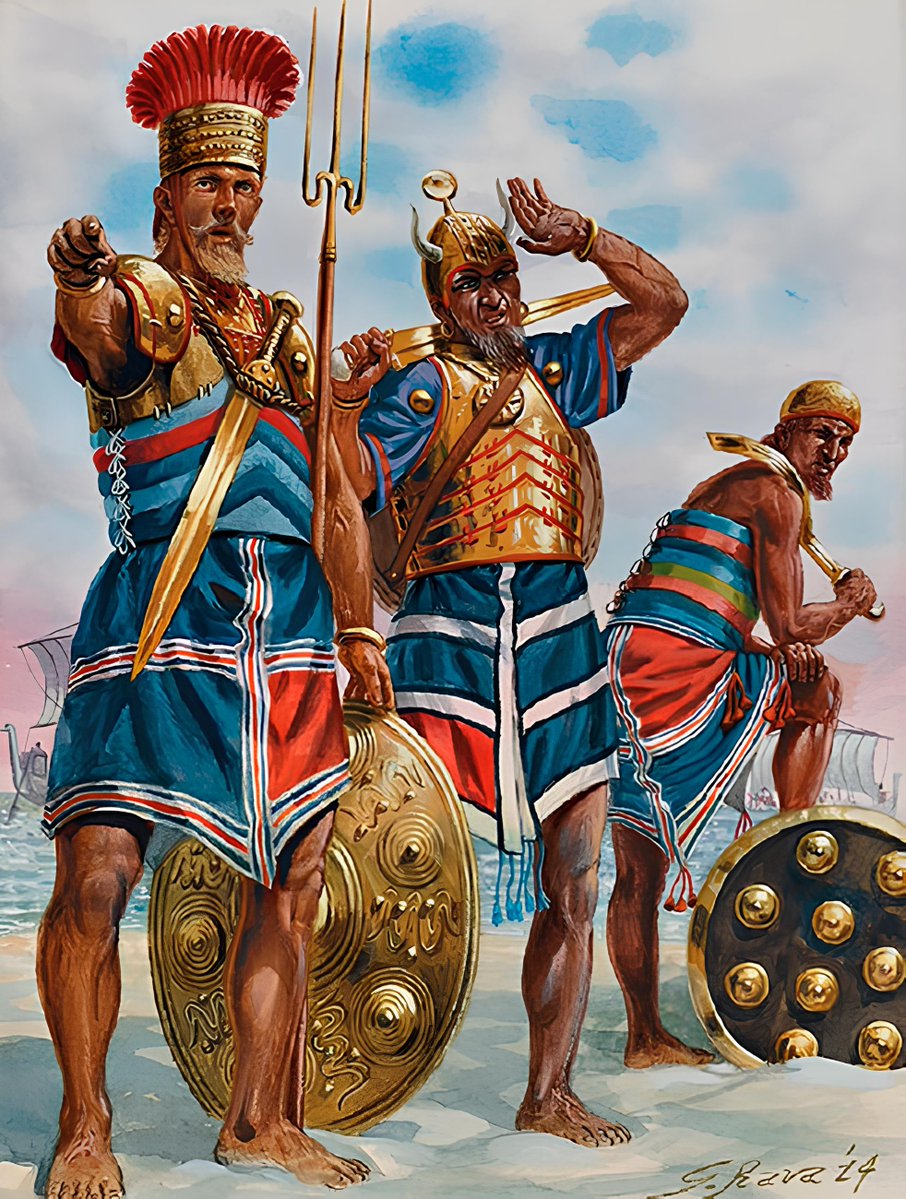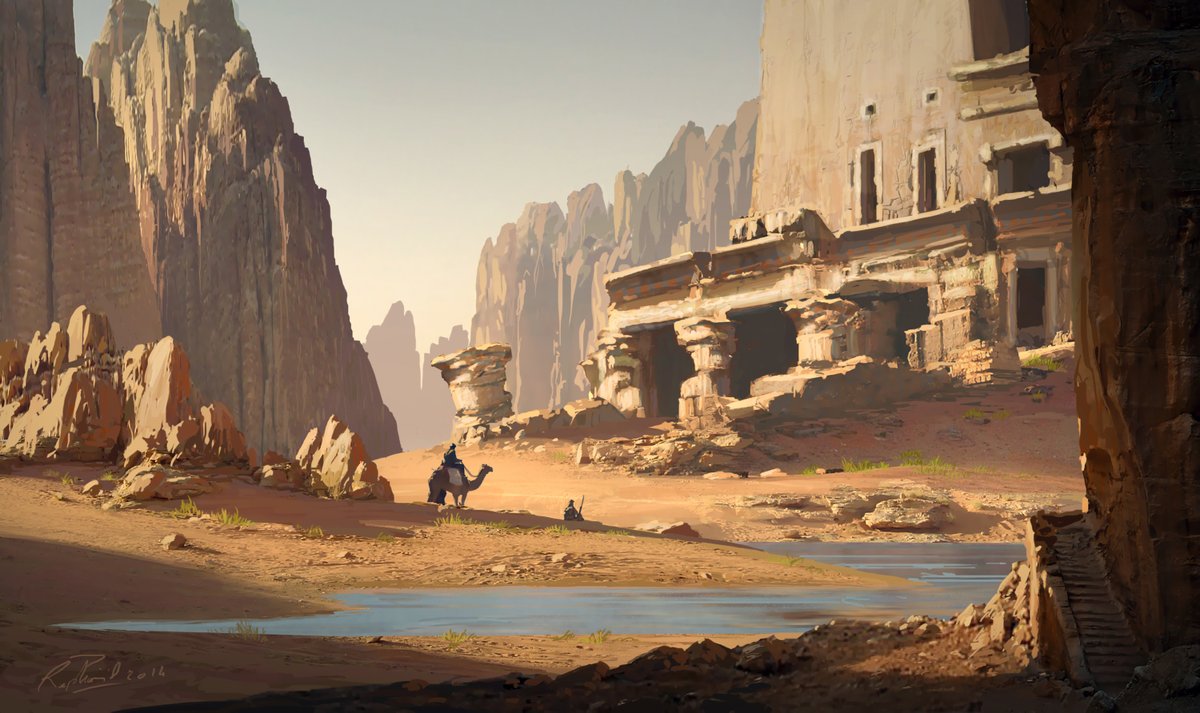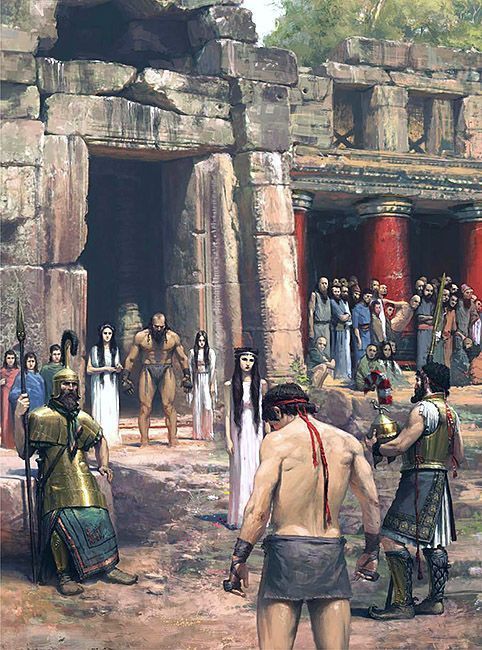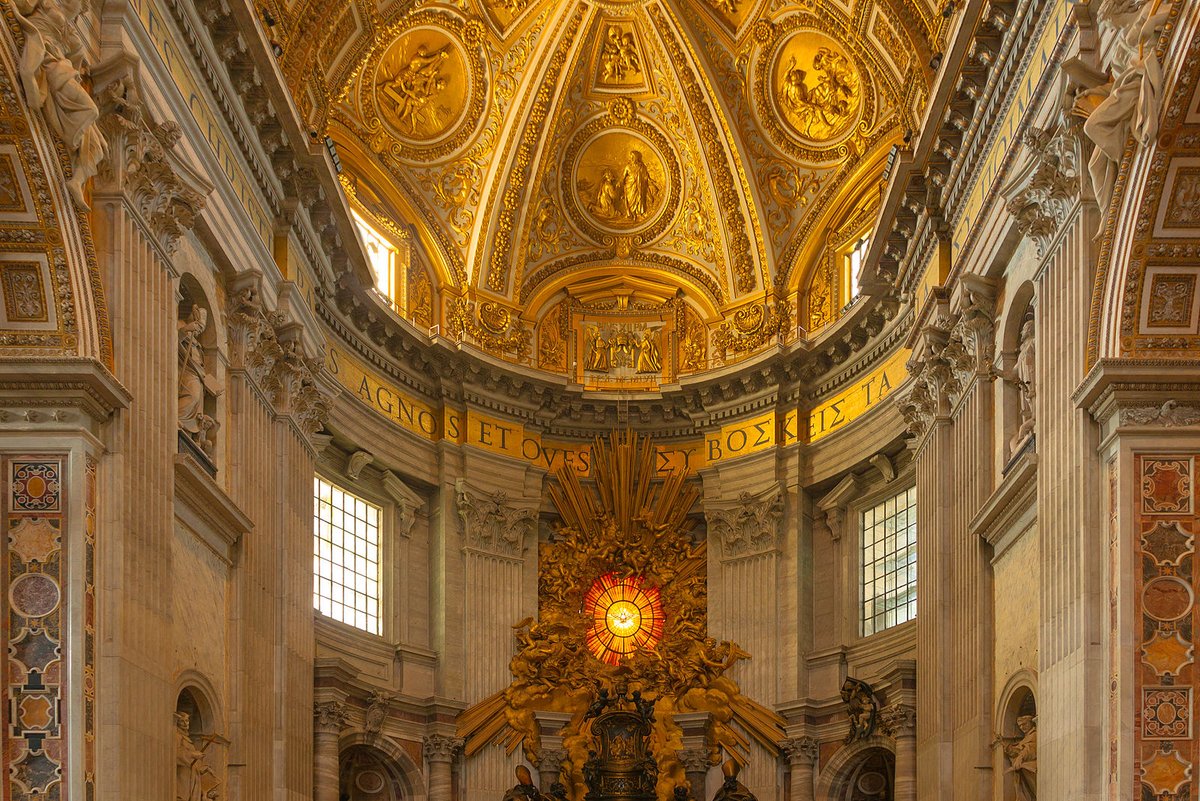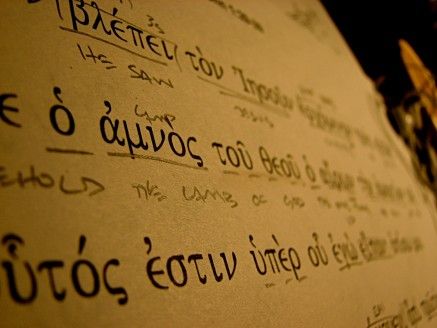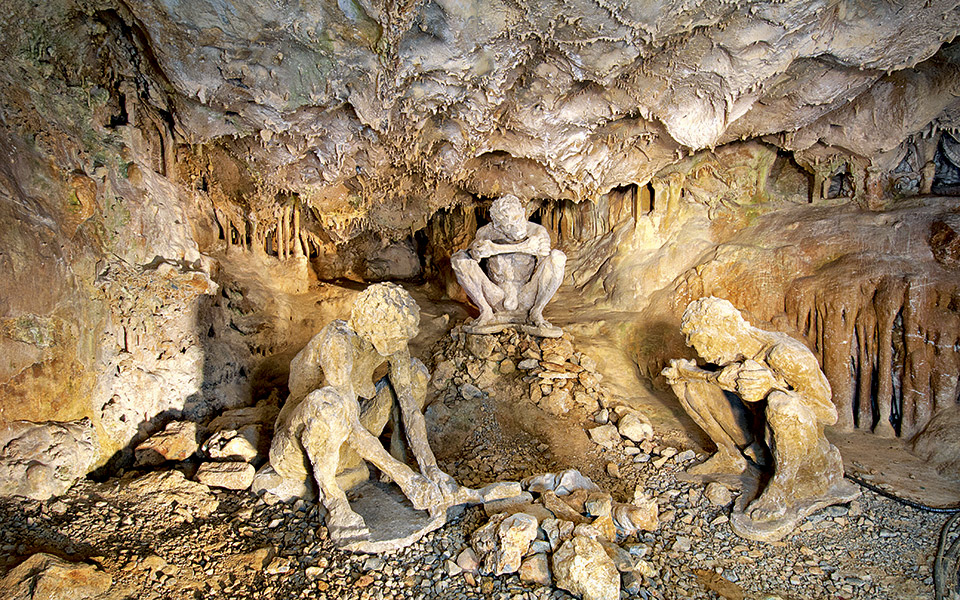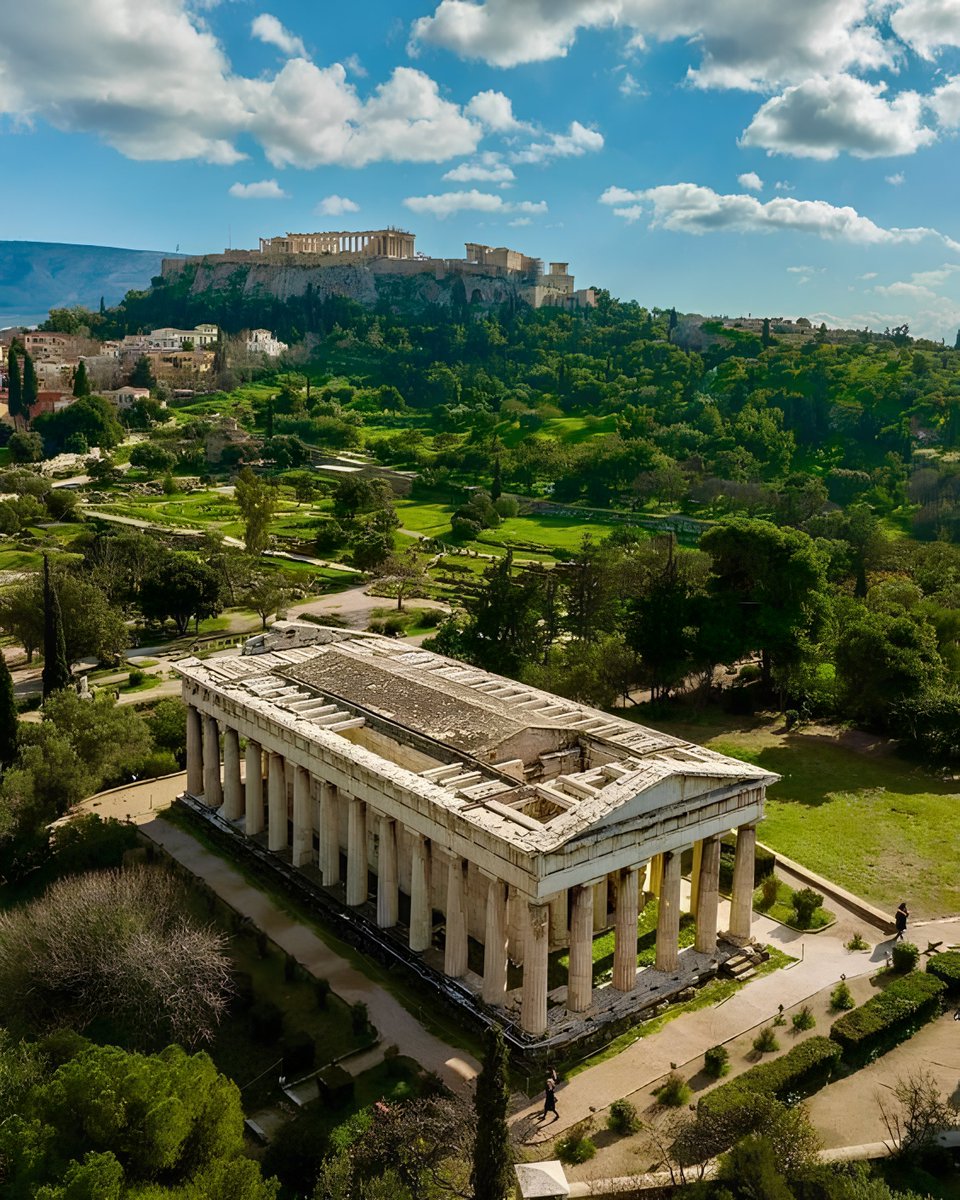Have you ever seen a larnax made of 24-carat gold, weighing 11 kilograms? Wreaths made of gold? Golden bees and acorns?
Especially a larnax containing the ashes of a king? One that Alexander the Great touched with his own hands, as he was carrying the ashes of his father?
Follow me down this thread, as I take you back in time, showing you glimpses of Alexander’s life and how the greatest empire of the world was born.
Especially a larnax containing the ashes of a king? One that Alexander the Great touched with his own hands, as he was carrying the ashes of his father?
Follow me down this thread, as I take you back in time, showing you glimpses of Alexander’s life and how the greatest empire of the world was born.
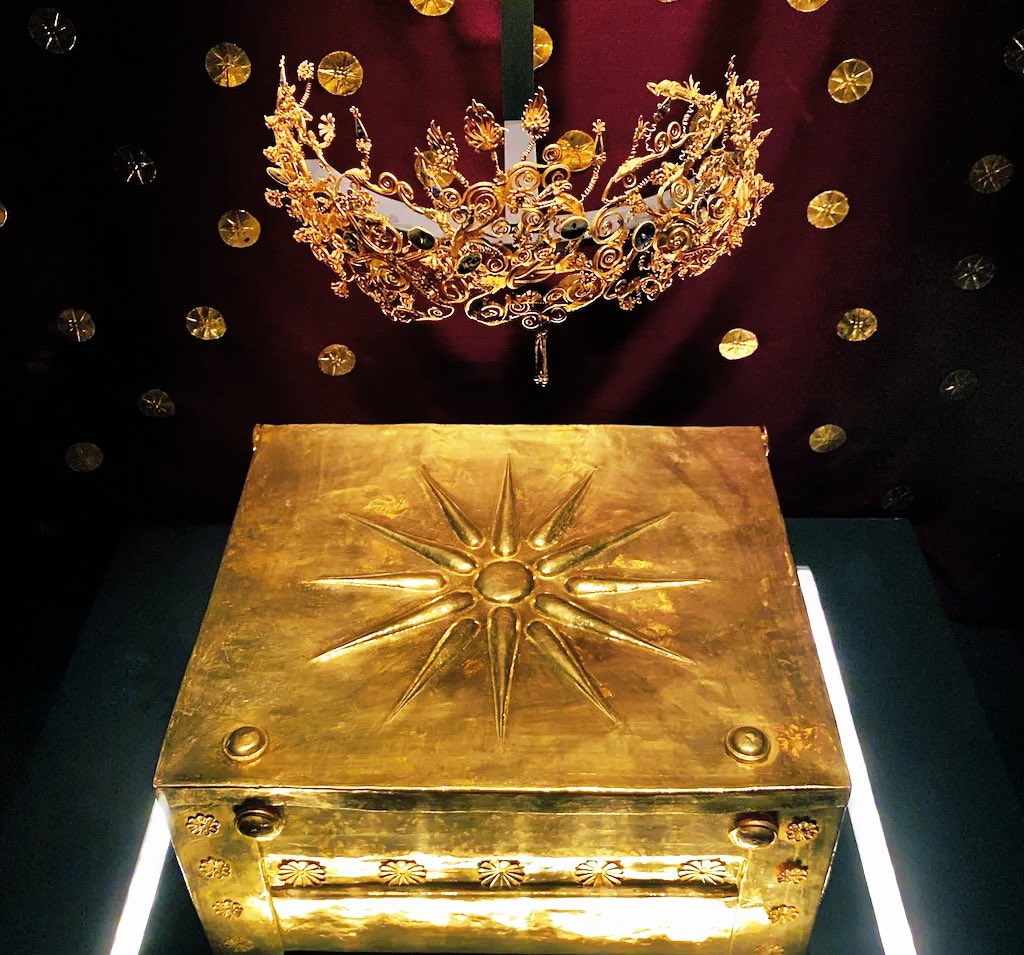
All these finding are in museums in Vergina, a small town in northern Greece, Central Macedonia. Vergina Greece is known as the site of ancient Aigai, the first capital of Macedonia. In 336 BC Philip II was assassinated in Aigai’s theatre and his son, Alexander the Great, became the king.
From Aigai, the Macedonians spread to the central part of Macedonia and displaced the local population of Pierians. In the first half of the 5th century BC, Aigai became the capital of Macedonia, the most important northern Greek state.
From Aigai, the Macedonians spread to the central part of Macedonia and displaced the local population of Pierians. In the first half of the 5th century BC, Aigai became the capital of Macedonia, the most important northern Greek state.

In 1977, the Greek archaeologist Manolis Andronikos undertook a six-week dig at the Great Tumulus and found four buried tombs, two of which had never been disturbed.
Andronikos discovered the burial sites of the kings of Macedon, including the tomb of Philip II, father of Alexander the Great (Tomb II) and also of Alexander IV of Macedon, son of Alexander the Great and Roxana (Tomb III).
Andronikos discovered the burial sites of the kings of Macedon, including the tomb of Philip II, father of Alexander the Great (Tomb II) and also of Alexander IV of Macedon, son of Alexander the Great and Roxana (Tomb III).

The museum of the tumulus of Philip II, which was inaugurated in 1993, was built over the tombs leaving them in situ and showing the tumulus as it was before the excavations. Inside the museum there are four tombs and one small temple, the heroon built as the temple for the burial cluster of Philip II.
The two most important tombs (II and III) were not sacked and contained the main treasures of the museum. Tomb II of Philip II, the father of Alexander the Great was discovered in 1977 and was separated in two rooms.

The two most important tombs (II and III) were not sacked and contained the main treasures of the museum. Tomb II of Philip II, the father of Alexander the Great was discovered in 1977 and was separated in two rooms.


The main room included a marble chest, and in it was the larnax made of 24 carat gold and weighing 11 kilograms, embossed with the Vergina Sun symbol. Inside the golden larnax the bones of the dead were found and a golden wreath of 313 oak leaves and 68 acorns.


In the room were also found the golden and ivory panoply of the dead, the richly carved burial bed on which he was laid and later burned and exquisite silver utensils for the funeral feast.



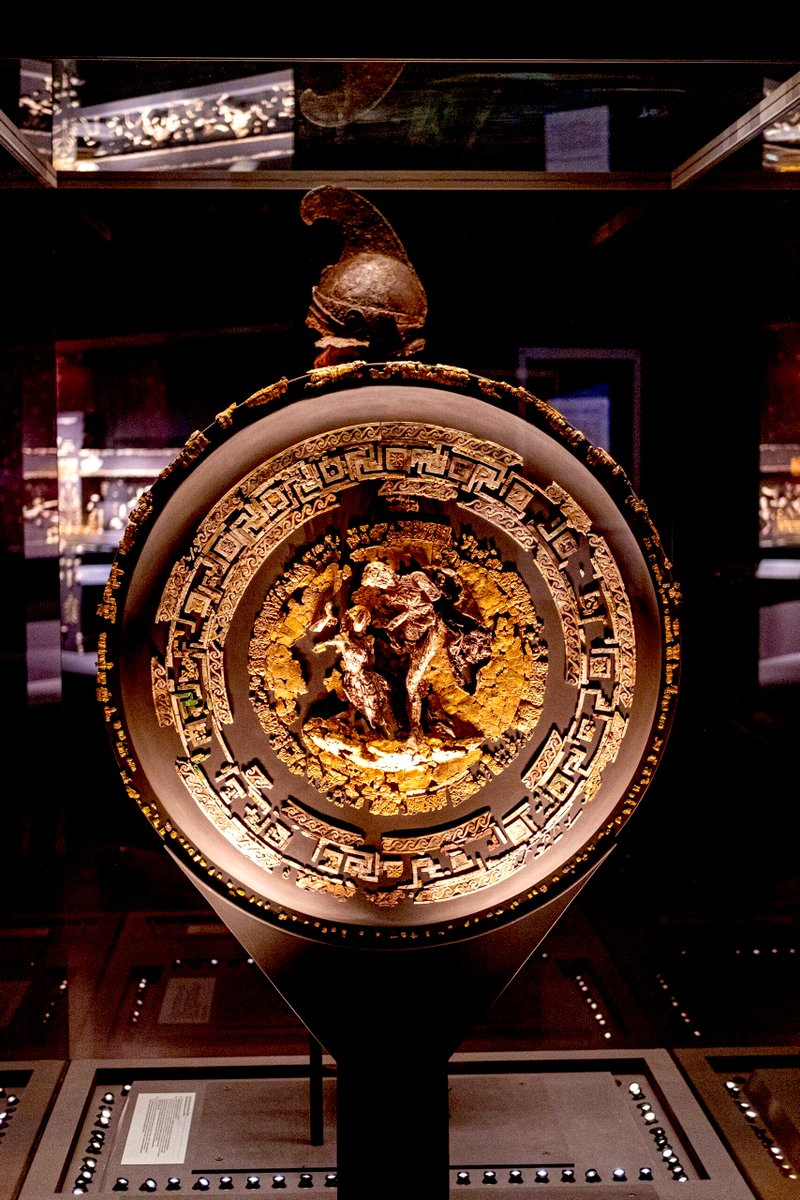
The main museum remains underground, at the original burial site, with a dark ambient vibe that really immerses the traveler into the reality of an era long gone. 

That being said, a new museum has just been opened with ample light shedding light to new findings, including weapons, the Greek helmet and the long sarissa spears.




You also see scenes of ceremonial and religious life, including the ornaments of the female dresses. 

Elements of that prosperous Hellenistic era that spread from Greece to the edges of the known world can be seen in the minted coins; can you see Alexander the Great with the Amun Ra horns?




Another golden wreath, found in the same spot; not as detailed as the others of the royal tombs, but still.. can you see the golden details? 

One of the favorite parts of the day though, was the open-space archeological site of the royal palace overlooking the tombs of Vergina. 

Can you envision how this luminous sky would affect you? How the teachings of Aristotle, the legacy of the Iliad heroes, the Hellenic heritage would push you to honor your legacy and fight against the barbarian hordes? 

This is part of what pushed those glorious basterds to conquer the world and create off of the greatest empires the world had ever seen:
Alexander’s Realm of Virtue.
Alexander’s Realm of Virtue.
But then again, please zoom in and tell me now; do you see the golden flowers? Can you spot the golden bees? 

Men and women of the West; this is your heritage. Read it, honor it and spread the word.
All we have is our history and heritage; honor and cherish it before we become part of an era long gone.
All we have is our history and heritage; honor and cherish it before we become part of an era long gone.

• • •
Missing some Tweet in this thread? You can try to
force a refresh




